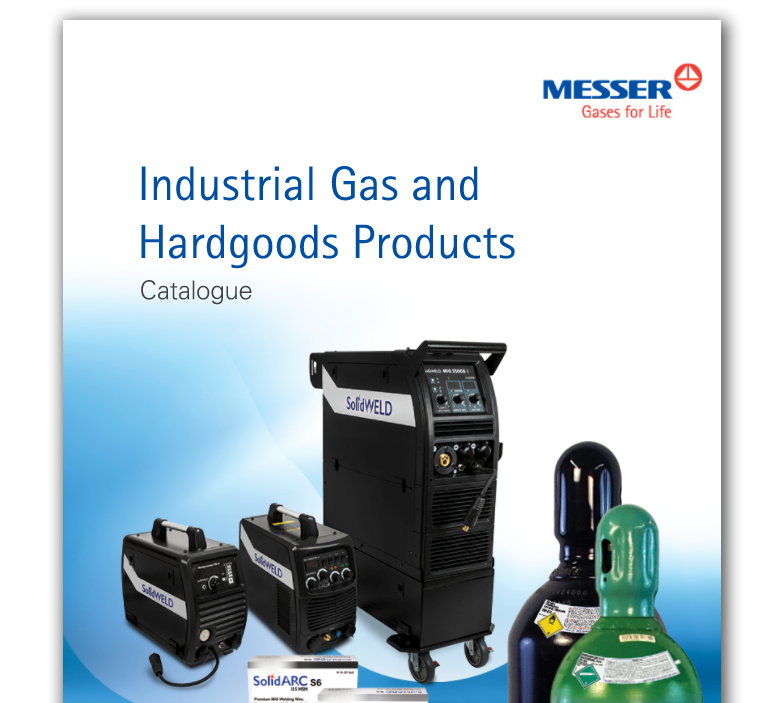
Welding technology covers a very wide range of procedures. The range of gases and applications that Messer offers you in this area is correspondingly diverse.
Shielding gases for welding are also indispensable in arc welding, where the necessary thermal energy for the process comes from an arc. The same applies to TIG and MIG welding, where gas mixtures dominate today’s market. These mixtures feature a range of possible components, including argon and carbon dioxide as well as oxygen, helium, hydrogen and nitrogen.
A great variety of these standardized gas mixtures is now available for the aforementioned applications. Messer sells its range of shielding gases for welding in a clearly structured system using standardized group-wide names that are based on the materials being worked:
-
Ozoline
Shielding gas used as a replacement for similar CO2 containing welding mixtures. It is used in MIG welding applications for mild and low alloys steels and aluminum. Ozoline blends are superior due to its Ozone reducing properties, providing for a more stable arc, and higher welding efficiency.
Learn More -

Aluline
Shielding gases for aluminium and non-ferrous metals
-

Inoxline
Shielding gases for high-alloy steels and Ni-based alloys
-

Odorline
Odourized oxygen has a clearly detectable smell to warn of potential leaks and dangerous accumulations of gas.
-

Oxy-Fuel gases
Messer not only provides you with gases for all applications in the field of cutting and welding but also extensive support for all gas relevant processes.
As a manufacturer of industrial gases, we not only deal with those processes that involve the use of industrial gases, but also with processes that are in competition with this. Messer’s advisory service on shielding gases for welding will gladly show you which shielding gas is the right one for your application: in a personal consultation and through on-site demonstrations.
These procedures can be roughly divided into the following manufacturing processes:
- Cutting
- Joining
- Coating


